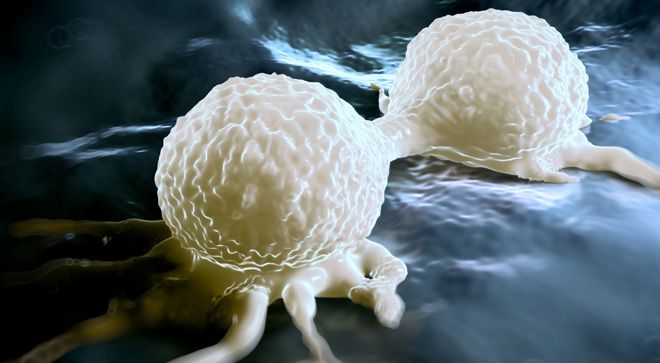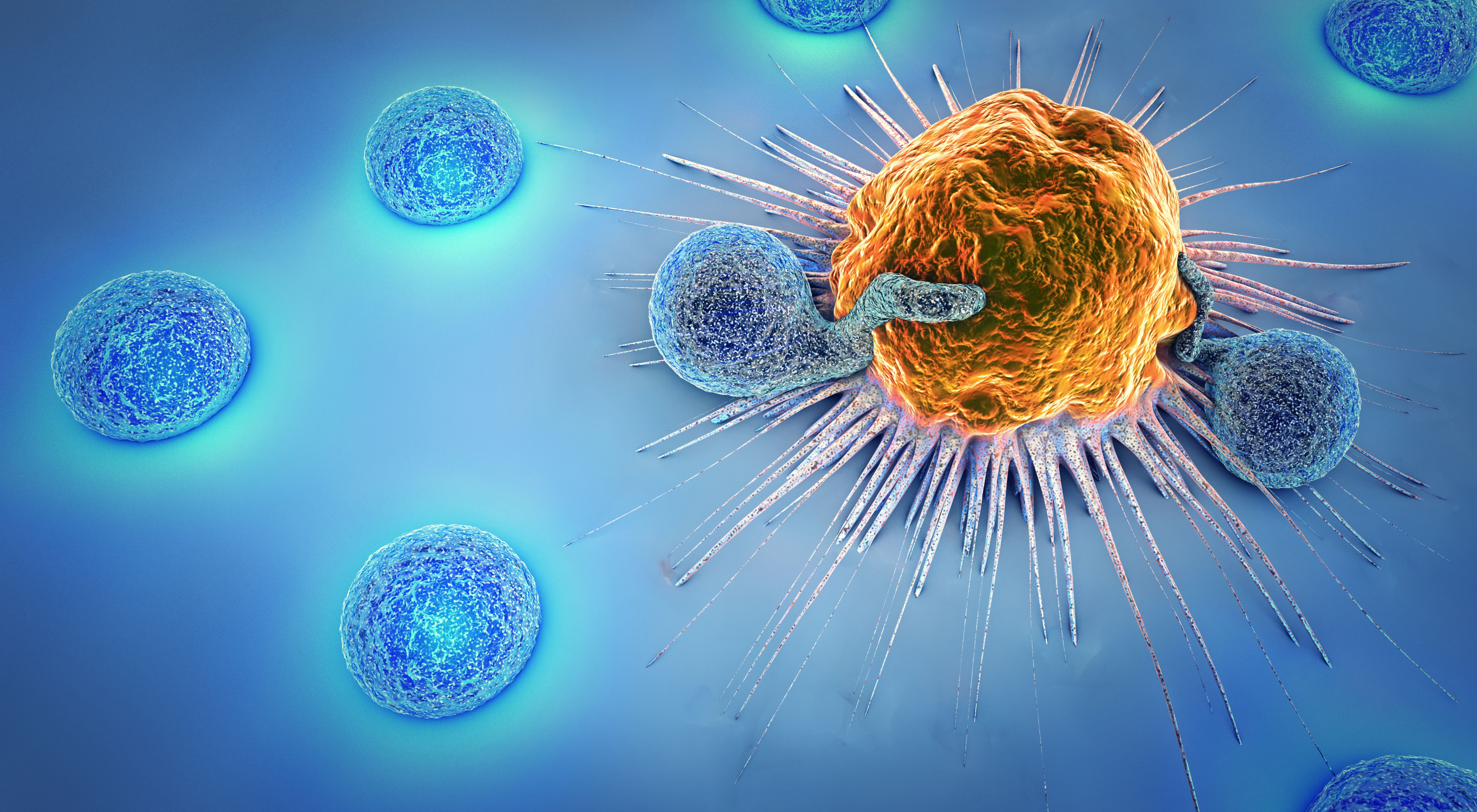Video
A Diagnosis of Chronic Lymphocytic Leukemia With ITP
Transcript:
Brian Koffman, MDCM, MSEd: I was diagnosed with chronic lymphocytic leukemia, or CLL, over 12 years ago. My experience is similar to that of a lot of other patients. I had noticed some small bumps on the back of my neck and wasn’t sure what they were. I had some routine blood work done, including a complete blood count, or CBC, and it showed an elevated lymphocyte count. That was quickly followed up by hematologists who did a flow cytometry test, and that showed my cells were indeed clonal, or CLL.
I really had no symptoms other than some small lymph nodes that weren’t really causing me any problems, and that was my story for the beginning of the first year or so. But about a year later, I noticed some small red dots on my lower leg. Again, I had some blood work done. Being a physician myself, I was actually on call when the blood test came back, and I’ll never forget that phone call. I got a call that said, “We have a critical blood level on Dr. Koffman.” My platelets at that time were single-digit. Normally, your platelets should be over 150,000 platelets/mcL. Platelets are what are involved in preventing bruising and bleeding issues.
I had a relatively rare complication of CLL, an autoimmune condition called ITP, or immune thrombocytopenic purpura, where my immune system attacks my body’s own platelets. That led to multiple hospitalizations for recurrent problems with very low platelets and bleeding issues. It included multiple treatments, an emergency splenectomy, and a major internal hemorrhage where I lost half my blood volume. I ended up going to a first-remission transplant—an allogeneic hematopoietic stem cell transplant or bone marrow transplant—to try to resolve the issue once and for all.
My particular brand of CLL was quite aggressive, and it tended to be the kind of CLL where the lymph nodes grew. I grew quite enlarged lymph nodes where I actually had to grow a beard to hide my lymph nodes from my patients. They got quite uncomfortable in my groin and in my armpit and in my neck. But my counts were never that bad, except for the low platelets. My white counts did gradually climb. I did have prognostic testing done and it showed poor markers, suggesting that my disease would be aggressive.
My hematologists were not always in agreement about the best possible treatments for my CLL, and that’s common in a disease where the treatment landscape is rapidly changing and there are new therapies that were being offered.
Transcript Edited for Clarity




